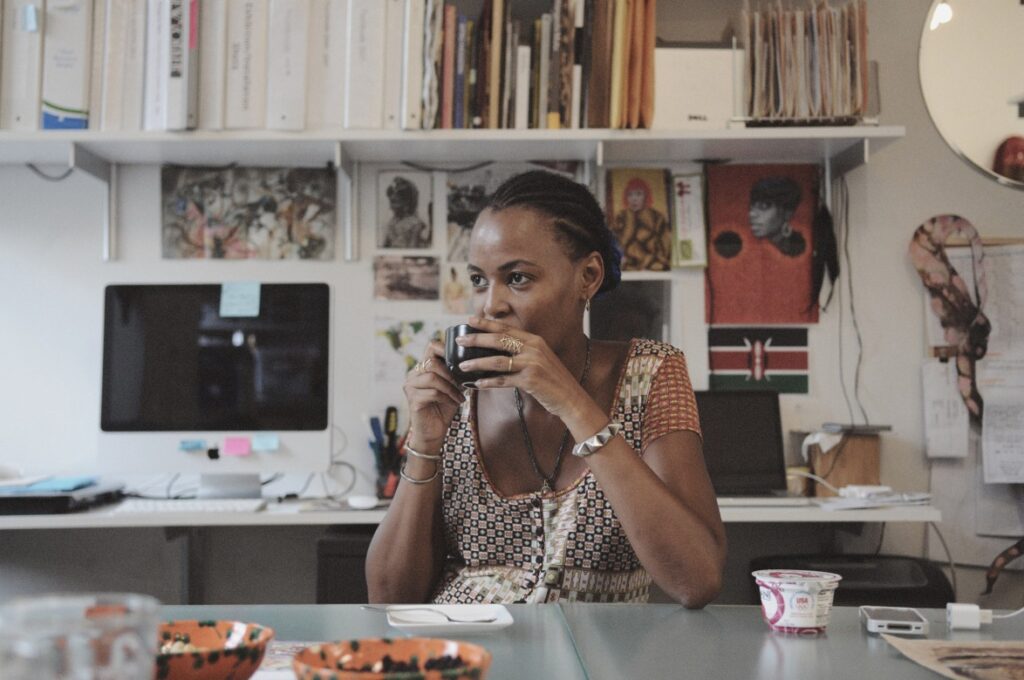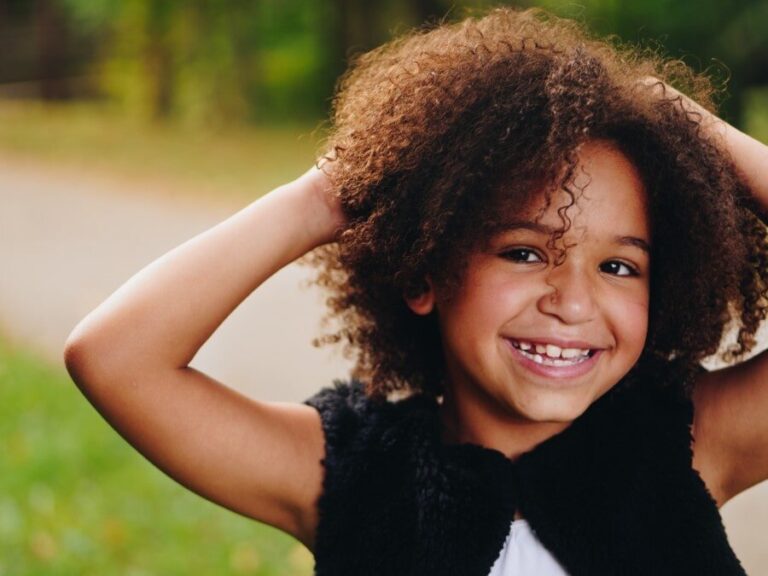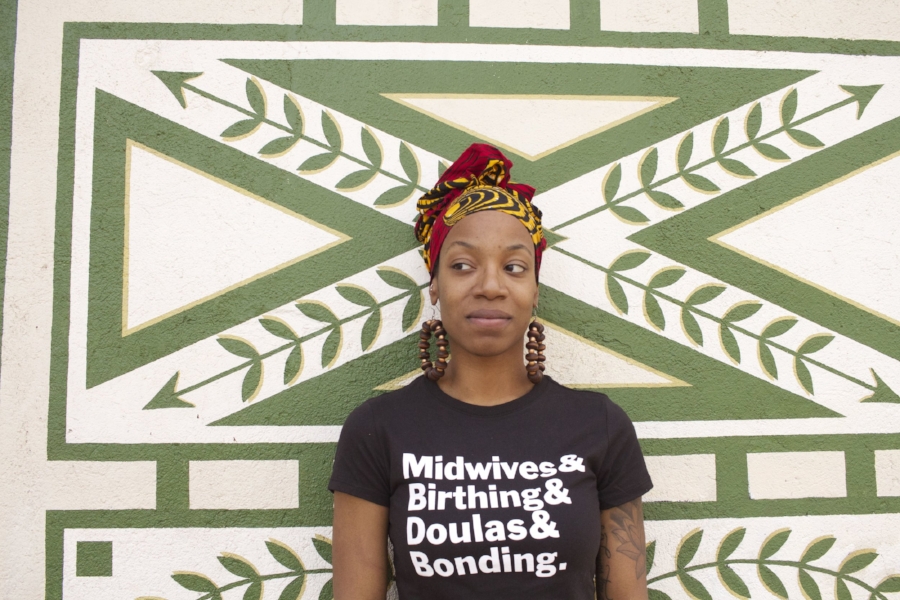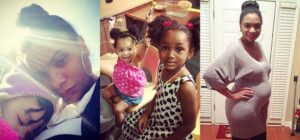Qiana Mestrich didn’t always want to be an artist, nor did she grow up in a home that fully embraced the arts.
In fact, her love of photography actually stems from a lack of photos in her childhood home. Mestrich was raised by a single mother, who emigrated from Panama to the United States before having her; her Croatian father has never been in her life and her connection to immediate family is distant. For Mestrich, art—specifically photography and writing—serves to explore some of these voids.
Motherhood and family are now crucial to both her life and her work. Along with working as associate director of digital content and engagement at the International Center of Photography and profiling under-the-radar photographers of color on her blog Dodge & Burn: Diversity in Photography History, Mestrich is co-editor of How We Do Both: Art and Motherhood, which asks 12 artists—including mater mea mom —how they “logistically balance art making and motherhood.” (The book is now in its second edition.) She’s also a wife and mother to her 5-year-old son Winston.
“I feel like it’s a very timely topic,” Mestrich tells mater mea. “No matter what color you are, it’s very difficult to balance motherhood and anything else, whether it’s art or any other career.”
Mestrich took some time to speak with mater mea about the book, creativity, and motherhood, and just how artist moms manage to do both.
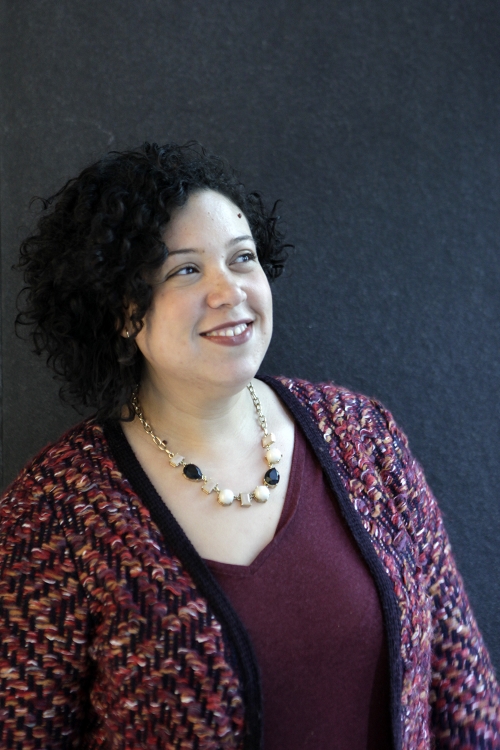
What inspired you to write How We Do Both?
The book came about in 2012 when I was in graduate school. I graduated from the International Center for Photography-Bard College with an MFA degree in 2013. I was one of three mothers, and we bonded because we all had children under the ages of 4 years old. It was difficult; everyone else was socializing after class and doing things we couldn’t do because we all had to go home and take care of our families.
As artists we realized we clearly weren’t the first ones to go through this experience. There was a call for papers for a conference in Toronto organized by Motherhood Initiative for Research and Community Involvement surrounding different topics related to motherhood. I responded to the call, gathered everyone’s input on the abstract that I submitted, and we got accepted to speak in May 2012. We presented our experiences as art-making mothers in the graduate program.
My co-editor Michi Jigarjian and I put the book together from there. We reached out to other contemporary women artists who are mothers and got a good response. We put the book together from there. It includes multiple generations of women. People have really embraced the book; the first edition sold out. We then decided to create a second edition with more artists in it. Every print run has sold out online. The book is currently available on Amazon.
What were some of the common things you’ve heard from artists about how they juggle motherhood and career? How do they do it?
Every artist has different ways of making time for their art, depending on what stage in their career they are in. Some use grant money to pay for babysitting or daycare, some hire nannies, some rely on their partners and/or family members. Others fit work in during the evening and early morning hours when the kids are asleep. All agree that you must be disciplined about making time for making work, otherwise it won’t get done.
Most agree that having “a room of one’s own”* to create is crucial. In the book, Wangechi Mutu states, “Often, women’s lives and minds aren’t seen as requiring the space allocated to males. It is important for women to carve out the mental and physical room that we need to think, create, transform, and grow.”
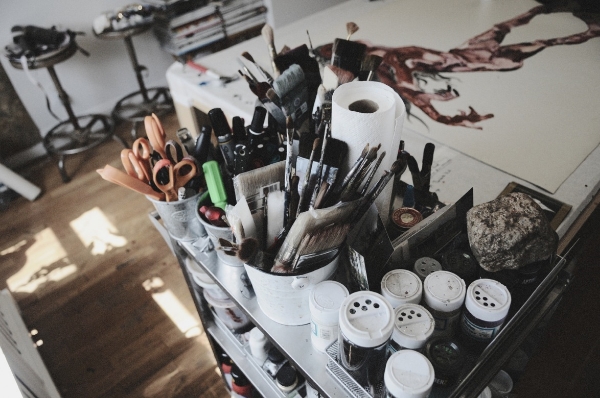
What were you most surprised to learn from your interviews with moms who are artists?
Before we began gathering stories for the book, I had not realized how biased the art world at large was against the idea that women could be artists and mothers. I’ve heard stories of artist moms having to deny or avoid the subject of having kids and even going as far as working under a male pseudonym in order to avoid being marginalized and having their work devalued.
Such stories speak to larger issues of gender inequality within the art world, but I also think art gallery and museum exhibitions should be more democratic and open to humans of all ages. We are just recently starting to see family-only viewing days and kid-friendly, interactive installations like Yayoi Kusama’s “The Obliteration Room.”

How has motherhood affected your work?
My work is autobiographical. I’m currently working on a piece called Hard to Place, a series I started working on at least two years ago. I thought the piece was about my husband—who was an orphan from age 3- 17 in England—but it turned out to be about family, and the families we create for ourselves. My husband grew up without family, and I, as a first-generation American, grew up disconnected from an extended family, so we both have the experience of trying to create family out of very little. My work is a way for me to work through these issues in way that may not be addressed in mainstream media, or discussed in culture at large.
I think we have a need for creativity in our lives, in some way or another.
Being an artist is great for parenthood. As an artist, you’re more open to thinking about the world differently, and not having binaries in place, when you address certain issues with your children. Certainly there’s a line between right and wrong, but that general creativity you have as an artist makes it a bit easier to see the world through your child’s perspective. Kids are so pure and innocent and untainted. They really approach people, problems, and things in such an open way, that we as adults, cannot do anymore. Creativity brings us back to that childlike state of being innocent and open.
Along with the book, you’re also a photographer who profiles the work of other photographers of color. What draws you to photography?
My story is much different from others. Photography is not something that has been with me all my life. We probably had only two photo albums. My mom is an immigrant from Panama, most of our family is still in Panama, and my dad is Croatian—however, I never met my dad, so photography, for me, is very personal. It’s autobiographical; photography fulfills a need for me to document everything. It’s a powerful tool to tell stories that are not told, some of which are erased. I’ve done other art as well—painting and writing mostly—but I always come back to photography.
I think we have a need for creativity in our lives, in some way or another. However, following a creative career path can be difficult. The hardest part, sometimes, is telling yourself and believing that you are that creative person. It took me years to say to people, “I am a photographer.” There’s this societal construct that says unless you’re making tons of money doing something, you can’t call yourself that. That’s not the case. It does take longer to break into any sort of creative field. It also takes years of practice before you can even be good enough to be paid well for your work, but first, you have to believe in yourself, before you start on that creative path, and start getting value from it.
What challenges have you faced on this creative path? What are some of the challenges other women artists face?
Challenges are huge for women artists. You can see it even in the lack of [our] representation in museums. As a mother, even with support, there’s always this idea that you should be doing more for your child. It’s hard to come to grips with the fact that you can’t do everything. Other people have to help, and it does take a village.
I feel like my generation is the post-feminist generation. We were raised by feminists, educated by a lot of feminists, and told that we could be anything we wanted to be, but sometimes there is a limit. Sometimes there’s only so many hours in the day, and that’s just a reality you have to deal with, and not beat yourself up too much. We all have insecurities that can paralyze us, but I try my best to focus on my dreams.
Women of color need people who will champion us, answer our questions, or at least hear us out, even if they don’t have the answers. I’ve been fortunate enough to have mentors of all colors, but it can hard to see something for yourself when you don’t see others that look like you doing it. I think of Sheryl Sandberg’s Lean In quote: “If you can’t see it, you can’t be it.” I fully believe in that.
* “A Room of One’s Own” is an extended essay by Virginia Woolf first published in 1929.
Related Articles
Our feature on artist and sculptor Wangechi Mutu

